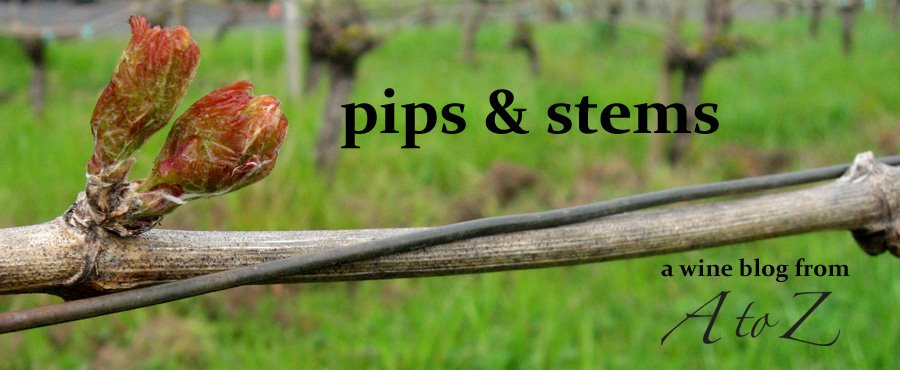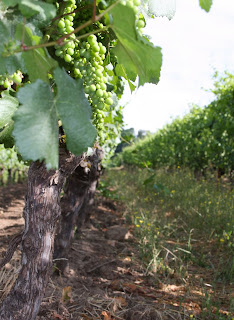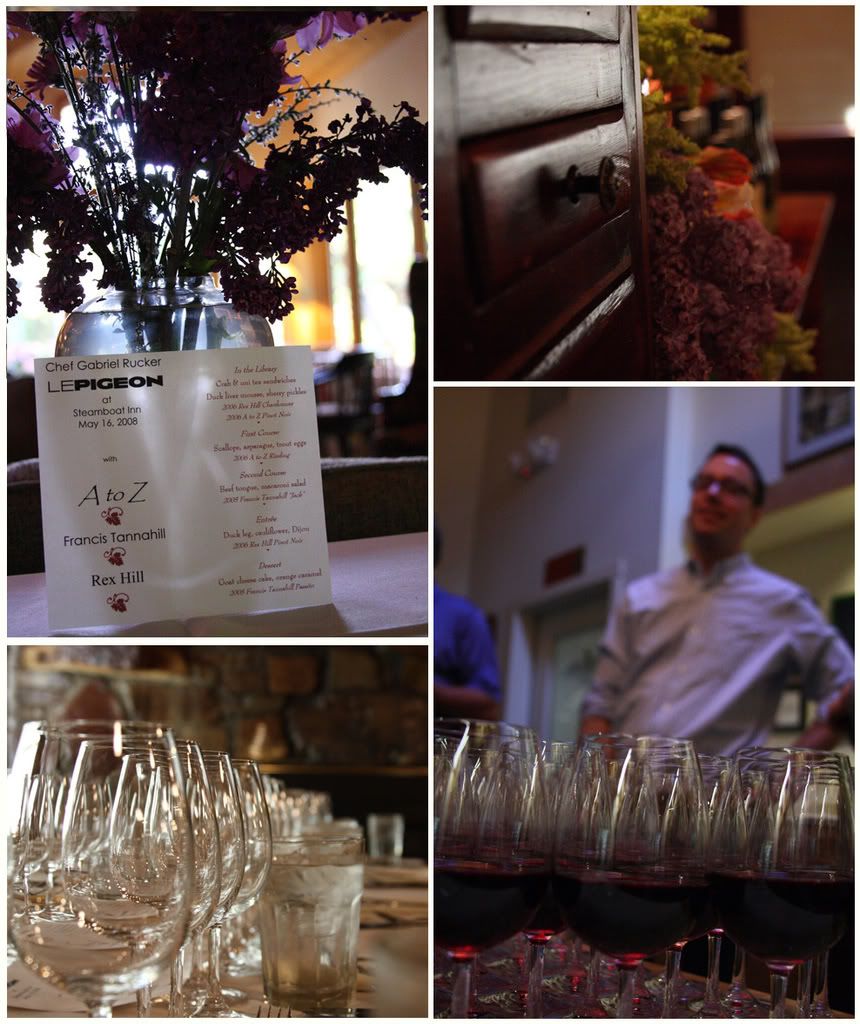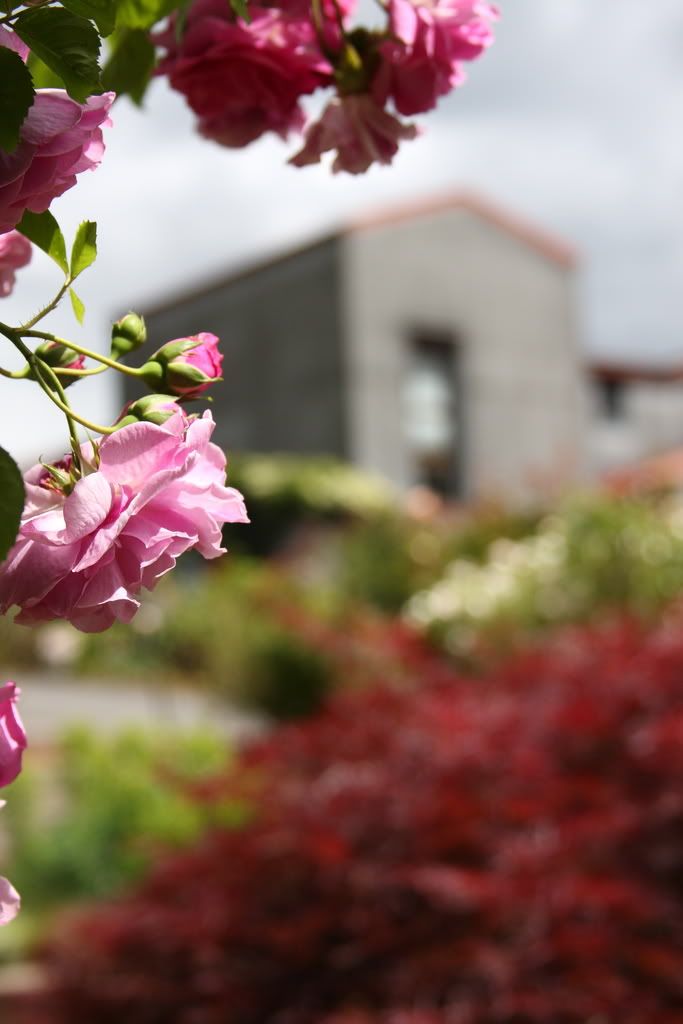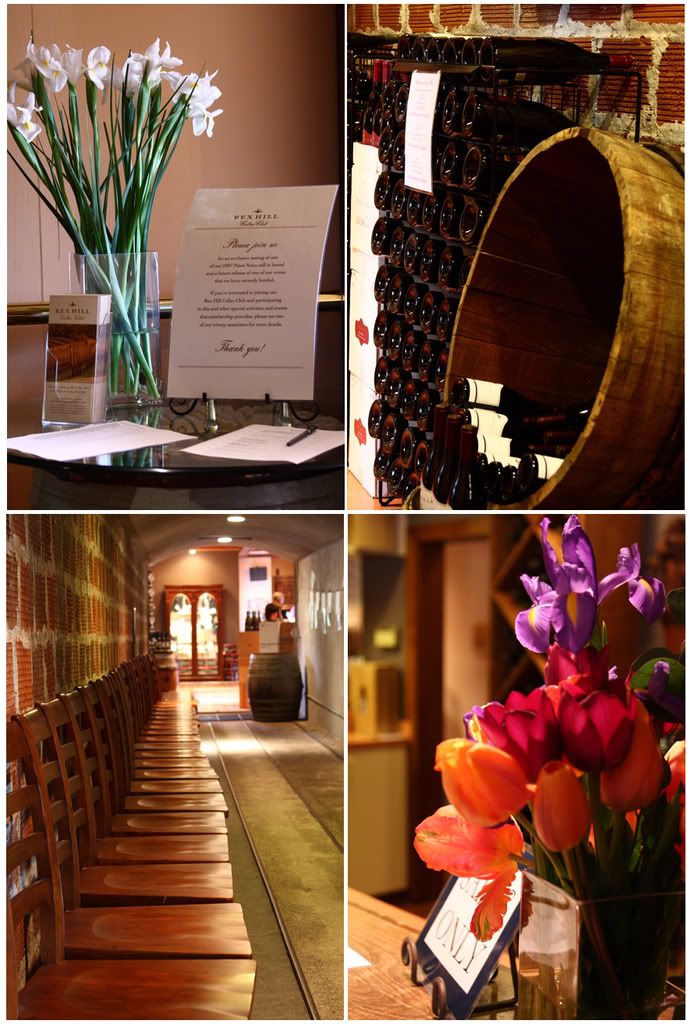
If you subscribe to
Food&Wine Magazine you might've noticed we got a nice little nod this month.
"After tasting more than 300 affordable American wines, Senior Editor Ray Isle reports on his most exciting finds, from Chardonnay to Zinfandel— to buy by the case for everyday drinking or casual entertaining."
Our gorgeous 2006 dijon-clone stainless steel
chardonnay was picked as one of the best American wines under $15!

We thought that was pretty exciting.
Stainless steel chardonnay is definitely a growing category in Oregon. If you've been through the tasting room or to any of our trade events you no doubt know that the majority of chardonnay grapes grown in the US come from a clone known as 108 that was isolated at UC Davis back in the early 70s.
So what's a clone? Well, within a viticultural context cloning selection occurs when you have a single plant in the vineyard that tenders a specific attribute you're craving. Maybe it's a heavy yielder, or it ripens earlier (or later) than most of the other plants in the vineyard. Maybe it has a markedly different flavor. Any of these attributes could be caused by a virus or a bacteria, or they could simply be natural variations caused by spontaneous mutations within the vine. Though it doesn't occur with anything approaching regularity, it is possible for mutations to occur during cell division in the grape, slowly infecting the rest of the plant, sort of like a cancer attacking the vine. Pinot noir, for example, is a more highly unstable plant, which is why we have lovely mutations like pinot gris and pinot blanc to make wine from these days.
Once you've picked a plant that you want to clone it's a simple though laborious process of taking cuttings off of your so-called 'mother vine' which are an exact genetic copy, and then propogating those cuttings. Clonal selection takes a a fair amount of time, as not only must you wait three years for the first harvest but you have a further 5-10 years of monitoring, (preferably at multiple locations), to determine if you've really managed to replicate the attributes you were looking for.
Anyway, back on track. The modern era of specific clonal selection for grapevines begin in Germany in the 1920s. The current viticulture program in the US is largely driven by UC Davis, from whom comes the aforementioned chardonnay clone. This clone was selected from a previous clonal variety in the Carneros region of California. It's most stunning attributes were chard's generally blank canvas of flavors, a heavier yield, and a later-ripening berry.
Now, later ripening might be just the thing for California's hot climate but here in northern Oregon where we face the threat of rain starting in September it's not necessarily ideal. The wines that came off of clone 108 took some nasty hits, being uneven in quality at best, overly acidic and hard at worst. It didn't take long to realize we needed something else up here and that's how we wound up with our so-called "Dijon" clones -- clones 75, 76, 78, 96, & 98, brought over from Burgundy. Not only do these Dijon clones ripen earlier but they have more complex flavors, more mineral characteristics, more of the tropical citrus and stone-fruit flavors. In short, they produce much more interesting grapes.
As you are no doubt aware more interesting grapes generally mean more interesting wine. They certainly mean that the winemaker can be much less invasive and let the natural beauty of the grapes shine through. Which is why, in the end, we've chosen to make a stainless-steel chardonnay. And we just couldn't be more tickled that the folks over at F&W think we're doing a great job!



